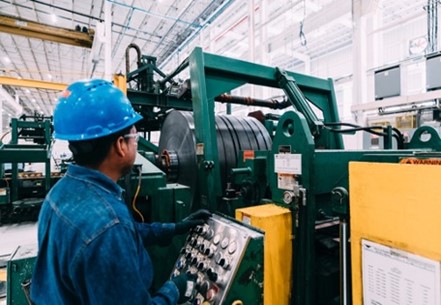Metal Stamping Products in the Wild
Have you ever wondered how industries like automotive, solar energy, and agriculture manufacture critical components with such precision and durability? Well, the answer often lies in metal stamping. This essential technique produces high-quality, reliable components across various sectors, enabling everything from everyday household products to cutting-edge technologies.
In this blog, we’ll explore metal stamping products found in the world around us. We will examine key industries that utilize it. We’ll also discuss how high-quality materials like galvanized steel. Additionally, how aluminum plays a vital role in ensuring the durability and performance will be examined.
Metal Stamping Products in Everyday Use
Manufacturers use metal stamping products to create many of the items we encounter daily, from kitchen appliances to electronics, tools, and furniture hardware. Thereby, these products rely on the precision and consistency of metal stamping to function efficiently and last longer.
Metal stamping products are widely used in various industries to create essential components for appliances, electronics, and automotive parts. In appliances, metal stamping is used for components in microwaves, ovens, and dishwashers. In the electronics sector, it produces internal parts for smartphones, computers, and other devices.
For the automotive industry, metal stamping ensures the precision of parts such as seat belt buckles, exhaust systems, and engine components, all of which meet rigorous performance and safety standards.
Image Attribution: https://www.freepik.com/free-photo/washer-inside-washing-machine_1254741.htm#fromView=search&page=1&position=0&uuid=5754847d-2017-43f1-90c3-e62476500449
Key Industries Leveraging Metal Stamping
Industries such as automotive, aerospace, and medical device manufacturing rely on metal stamping for producing critical components. These sectors require precision, durability, and high performance. This makes metal stamping products essential for meeting rigorous industry standards.
-
Metal stamping products in aerospace
In aerospace, metal stamping products are essential for creating lightweight, strong components that meet stringent safety and performance standards. For example, manufacturers stamp structural components and engine elements which ensures optimal strength-to-weight ratios.
-
Metal stamping products in the automotive industry
Metal stamping products are widely utilized in the automotive sector to manufacture chassis components, body panels, and interior elements such as brackets and seat components. The process allows manufacturers to produce large volumes of complex parts with high precision.
-
Metal stamping products in medicine
Precision is key in the medical device industry. Therefore, manufacturers utilize metal stamping products to produce surgical instruments, implants, and diagnostic equipment. This tactic ensures that these components meet the exacting standards required for medical use.
These industries demand tight tolerances, high strength, and durability, all delivered through metal stamping.
-
Metal stamping in the […]

 […]
[…]